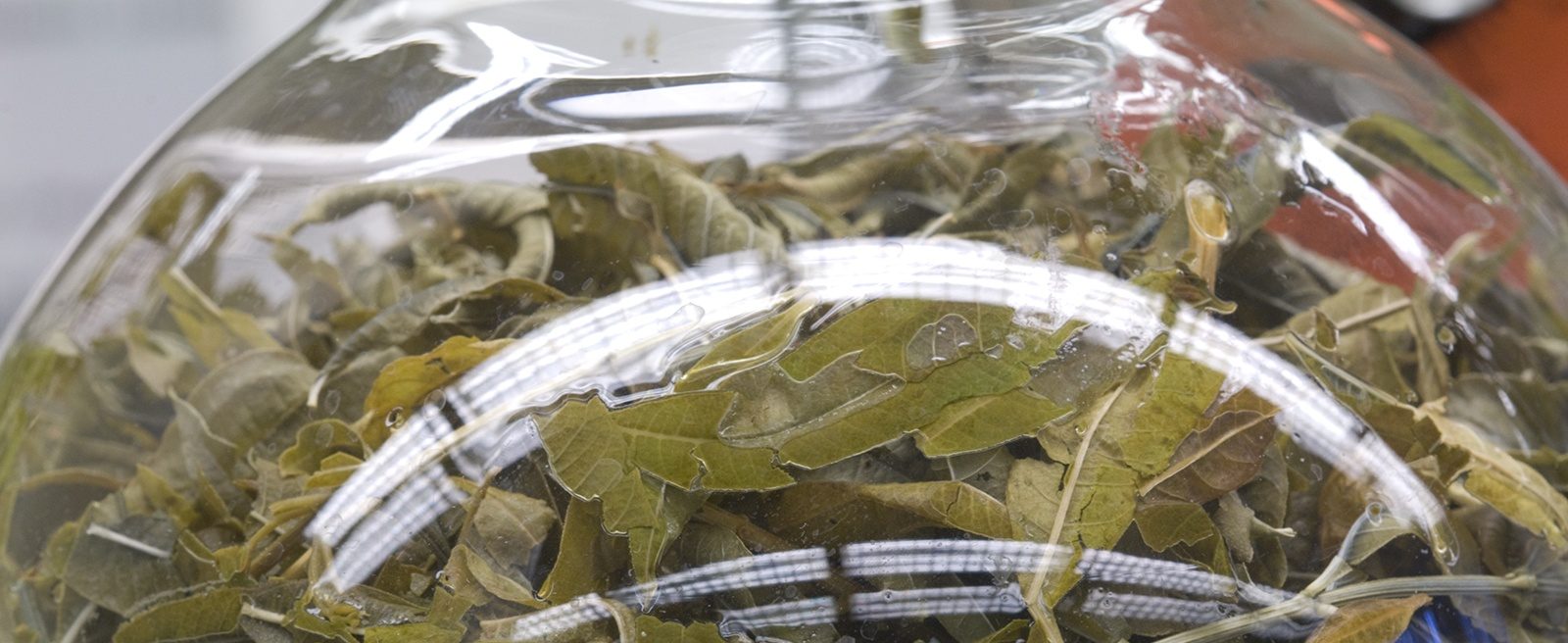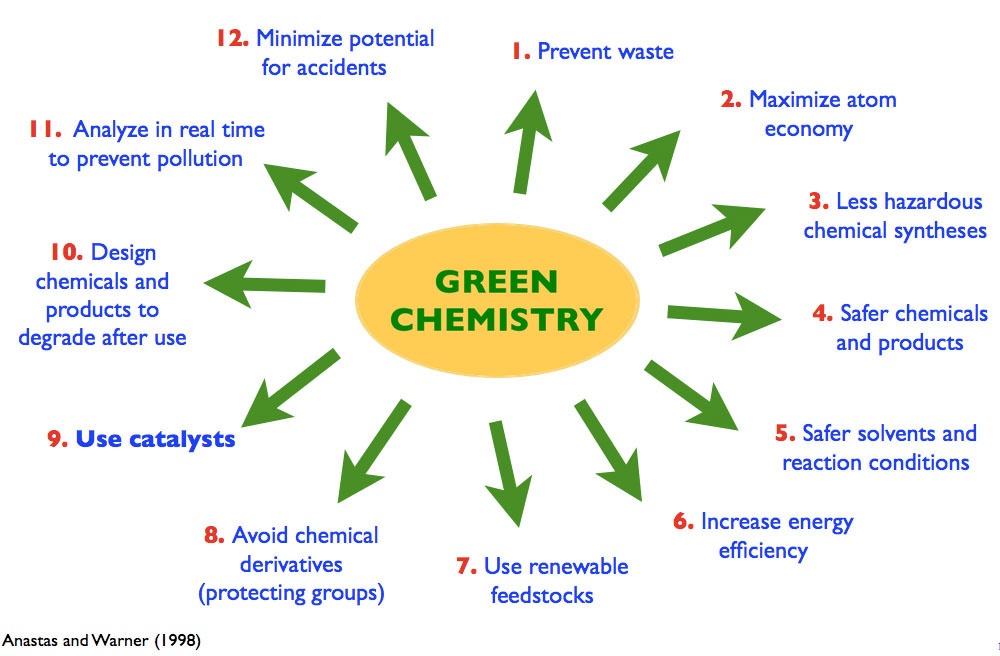Solvents and Green Chemistry

Please note: This page is not responsive. We are working to fix whatever is the problem. Our apologies for the inconvenience!
Are Solvents Safe?
John Warner, now one of the leading proponents of green chemistry, tells a story of how his youngest son was born with a serious birth defect that eventually led to his death at the age of 2. John was working in the lab at Polaroid at the time. He was tormented by wondering whether something he had touched or worked with in the lab had caused this defect. It was unlikely, but it led him to think about how he had never had a class on environmental toxicology. He’d never been taught what makes molecules toxic or to know what makes them safe.
John has since dedicated his life to researching, talking, and designing products that he knows are not toxic. “Green Chemistry, Theory and Practice” in 1998, Paul Anastas and John Warner introduced their 12 principles of Green Chemistry. The first is the most important: “It is better to prevent waste than to treat or clean it up after it has been created.”
Preventing and minimizing waste, in other words, begins with design.
Solvents in Extraction
Solvents can be an unseen component of the manufacturing of dietary supplements and herbal products. Intrinsically technical, solvents often remain the unnoticed realm of chemists and manufacturing technologists and are seldom visible in the customer’s mind. Solvents must be properly handled at all stage of the manufacturing process.
The selection of solvents is a key component in the botanical extract manufacturing process and is a key consideration in sustainability. Even if a company can demonstrate that little or no solvent residue is in the final ingredient or finished product, what are the impacts on the environment and the workers in sourcing, handling, and disposing of solvents? If a company uses a solvent, they have a responsibility to the use cycle of the solvent.
Like any other issue in the herb industry, it begins with understanding the role solvents play and the efforts companies are taking to minimize and, in some cases, eliminate the use of harsh solvents. And then it takes encouraging more companies to follow suit.
The article, Green Extraction of Natural Products: Concept and Principles, outlines six principles of green-extraction to use as guidelines for developing green extraction practices of natural products.
What to do?
Become certified organic
Under organic certification, there are only four allowable ways to make an extract: with water only (then dry to evaporate the water), with certified organic ethanol only, with a mixture of water and certified organic ethanol, or with CO2.
For those not already using certified organic processes, solvent use is challenging. It begins with understanding the role solvents play and the possible solutions available to use less toxic solvents.
Begin with Design
This 3-minute video provides a brief overview of environmental practices at Indena, an ingredient supplier’s manufacturing facilities in Milan, Italy, beginning with the use and disposal of solvents. This process begins in the lab where they work to identify the least harsh substances that can be used for extraction. For some methods of extraction, they use stronger solvents. Indena’s approach is to work to minimize the use of these substances, re-use them as much as possible, and continuing research to identify alternatives.
How Bad are Your Practices?
Take the Chemical Footprint Project Survey to see where your company stands and whether there are issues of concern. If you do, dig into the resources on this site. The B Impact Assessment, SDG Action Manager includes a series of steps/commitments a company can take to work toward more responsible management of manufacturing costs and impacts that is a useful guide to action.
Additional Resources
- MilliporeSigma has created a simple infographic (scroll down to 12 Principles of Green Chemistry) that summaries Paul Anastas and John Warner’s 12 Principles.
- An example of an environmental risk summary for ingredients used in manufacturing products by AstraZeneca. Though for pharmaceuticals not dietary supplements, this summary illustrates a way to provide transparency about manufacturing processes/solvent use and their risks.
Image of 12 Principles of Green Chemistry: http://ccvc.research.mcgill.ca/research/research.html


Comments